Hybrid Cloud is important for many companies out there since hybrid cloud will be an end state for many customers and not just an in-between state until they have moved everything into the cloud. But how do we leverage all the hybrid cloud offerings of Microsoft Azure, and how do we build Azure hybrid cloud architectures? That is what we addressed with many new hybrid cloud architectures in the Azure Architecture Center. There you can find Architecture diagrams, reference architectures, example scenarios, and solutions for common hybrid cloud workloads.
These architectures focus on my different topics like:
Azure Hybrid Cloud Architectures
Here are some of the examples we have added to the Azure Architecture Center. You can find more Azure hybrid cloud architectures here.
Hybrid Security Monitoring using Azure Security Center and Azure Sentinel
This reference architecture illustrates how to use Azure Security Center and Azure Sentinel to monitor the security configuration and telemetry of on-premises and Azure operating system workloads. This includes Azure Stack.
You can find the full Hybrid Security Monitoring using Azure Security Center and Azure Sentinel architecture here.
AI at the Edge with Azure Stack Hub
With the Azure AI tools and cloud platform, the next generation of AI-enabled hybrid applications can run where your data lives. With Azure Stack Hub, bring a trained AI model to the edge and integrate it with your applications for low-latency intelligence, with no tool or process changes for local applications.
You can find the full AI at the Edge with Azure Stack Hub architecture here.
Azure Functions in a hybrid environment
This reference architecture illustrates multiple local branches of an organization that’s spread out geographically. Each location is using a Microsoft Azure function app that’s configured with the Premium plan in a nearby cloud region. The developers in this architecture are monitoring all the Azure function apps by using Azure Monitor as a single pane of glass.
You can find the full Azure Functions in a hybrid environment architecture here.
Hybrid file services
This reference architecture illustrates how to use Azure File Sync and Azure Files to extend file services hosting capabilities across cloud and on-premises file share resources.
You can find the full Hybrid file services architecture here.
Using Azure file shares in a hybrid environment
This architecture shows how to include Azure file shares in your hybrid environment. Azure file shares are used as serverless file shares. By integrating them with Active Directory Directory Services (AD DS), you can control and limit access to AD DS users and Azure file shares can replace traditional file servers.
You can find the full Azure file shares in a hybrid environment architecture here.
On-premises data gateway for Azure Logic Apps
This reference architecture illustrates a logic app that’s running in Microsoft Azure, which is triggered by Azure Spring Cloud. It then connects to on-premises resources such as Microsoft SQL Server and Microsoft SharePoint Server.
You can find the full On-premises data gateway for Azure Logic Apps architecture here.
Hybrid Identity
The need to keep application components on-premises doesn’t have to be a barrier to adopting cloud technologies. With Azure Stack Hub, app components can reside on-premises while interacting with components running in Azure public cloud. This blueprint enables teams to manage identity for users as well as applications in a way that is consistent across clouds.
You can find the full Hybrid Identity architecture here.
Azure Arc hybrid management and deployment for Kubernetes clusters
This reference architecture demonstrates how Azure Arc extends Kubernetes cluster management and configuration across customer data centers, edge locations, and multiple cloud environments. You can use Azure Arc to register Kubernetes clusters hosted outside of Microsoft Azure, and use Azure tools to manage these clusters alongside clusters hosted in Azure Kubernetes Service (AKS).
You can find the full Azure Arc hybrid management and deployment for Kubernetes clusters architecture here.
Azure Automation Update Management
This reference architecture illustrates how to design a hybrid update management solution to manage updates on both Microsoft Azure and on-premises Windows and Linux computers.
You can find the full Azure Automation Update Management architecture here.
Hybrid availability and performance monitoring
This reference architecture illustrates how to design Azure Monitor to monitor performance and availability for operating system (OS) workloads running in virtual machines (VMs) in Microsoft Azure, in on-premises environments, and with third-party cloud providers.
You can find the full Hybrid availability and performance monitoring architecture here.
Manage configurations for Azure Arc enabled servers
This reference architecture illustrates how Azure Arc enables you to manage, govern, and secure servers across on-premises, multiple cloud, and edge scenarios.
You can find the full Azure Arc enabled servers architecture here.
Connect standalone servers by using Azure Network Adapter
This reference architecture shows how to connect an on-premises standalone server to Microsoft Azure virtual networks by using the Azure Network Adapter that you deploy through Windows Admin Center (WAC). Azure Network Adapter creates a secured virtual connection over the internet, thereby extending your on-premises network into Azure.
You can find the full connect standalone servers by using Azure Network Adapter architecture here.
Conclusion
I hope that provides you a short overview of some of the new Azure hybrid cloud architectures. We are currently working on even more architectures including Azure Stack HCI. If you have any questions or if you think you would have some good addition for an architecture, please feel free to leave a comment.
We are also running an Azure Architecture virtual event today, check it out here.
Azure Solutions Architect Certification
Also, check out my exam study guides to achieve the Microsoft Azure Solutions Architect Certification:
- AZ-303: Microsoft Azure Architect Technologies Certification Exam Study Guide
- AZ-304: Microsoft Azure Architect Design Certification Exam Study Guide
Happy learning!
Tags: AI, Architecture, Azure Arc, Azure Stack, Azure Stack HUb, Cloud, Cloud Architecture, Container, Hybrid, Hybrid Architecture, Hybrid Cloud, Kubernetes, Microsoft Azure, Security, Windows Server Last modified: October 19, 2020
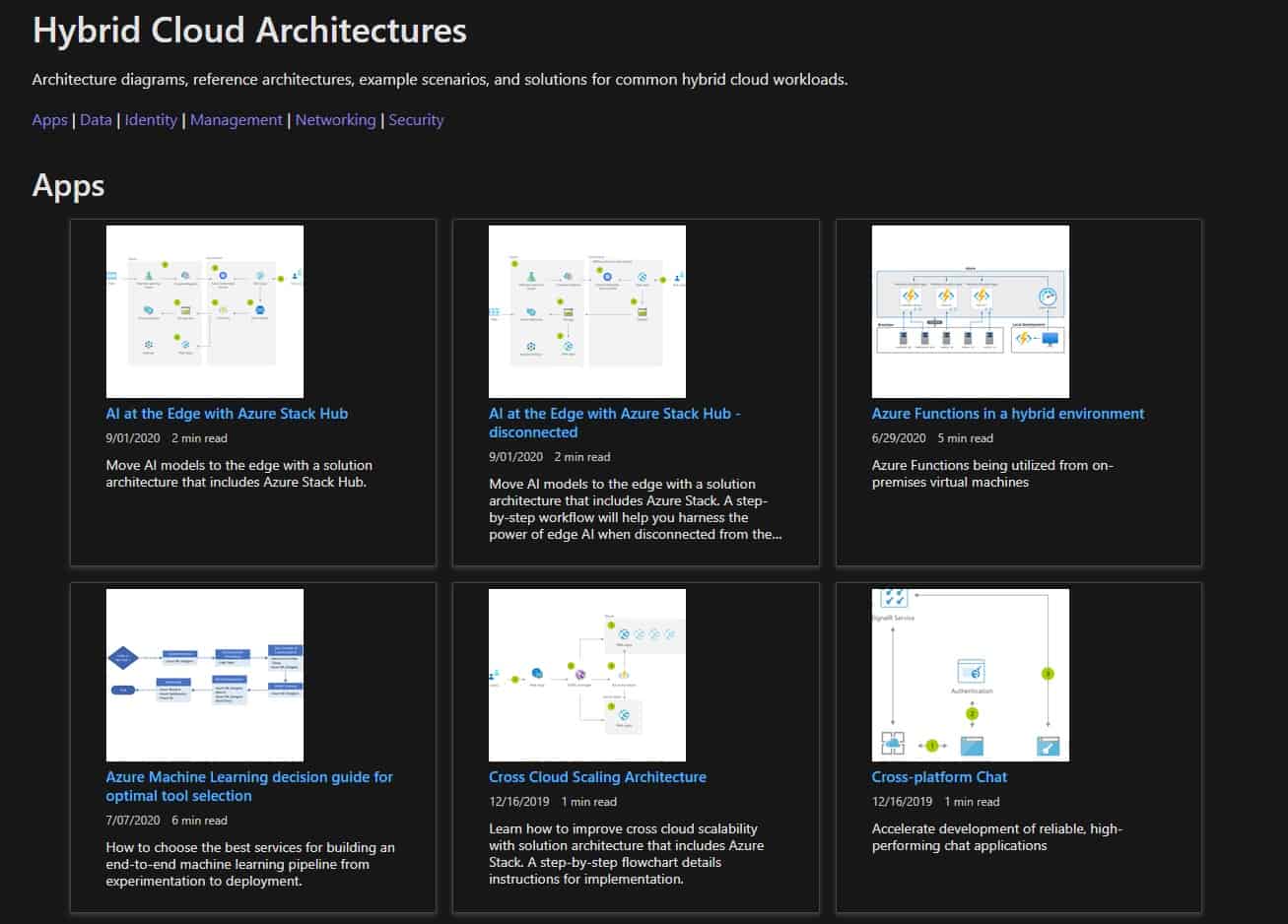
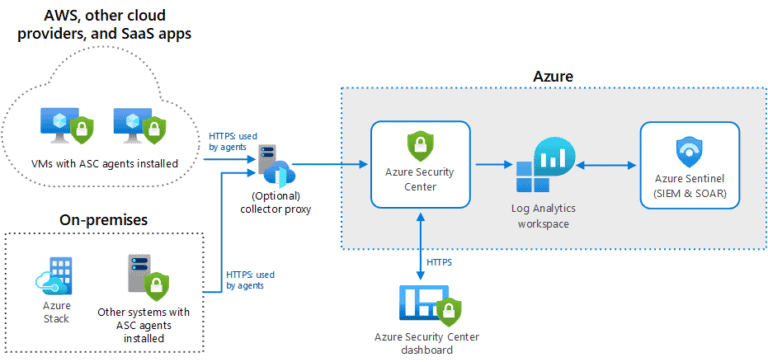

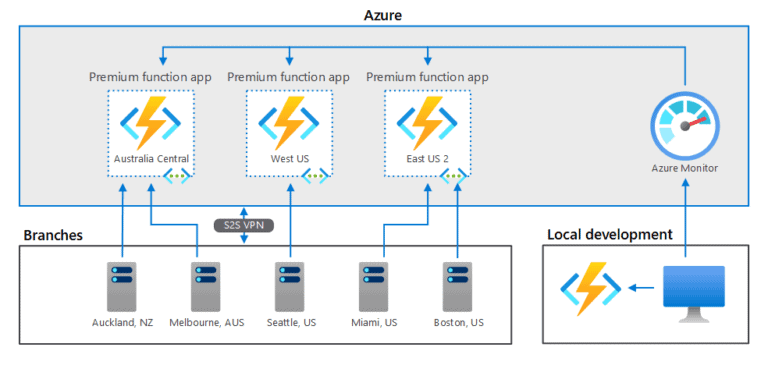



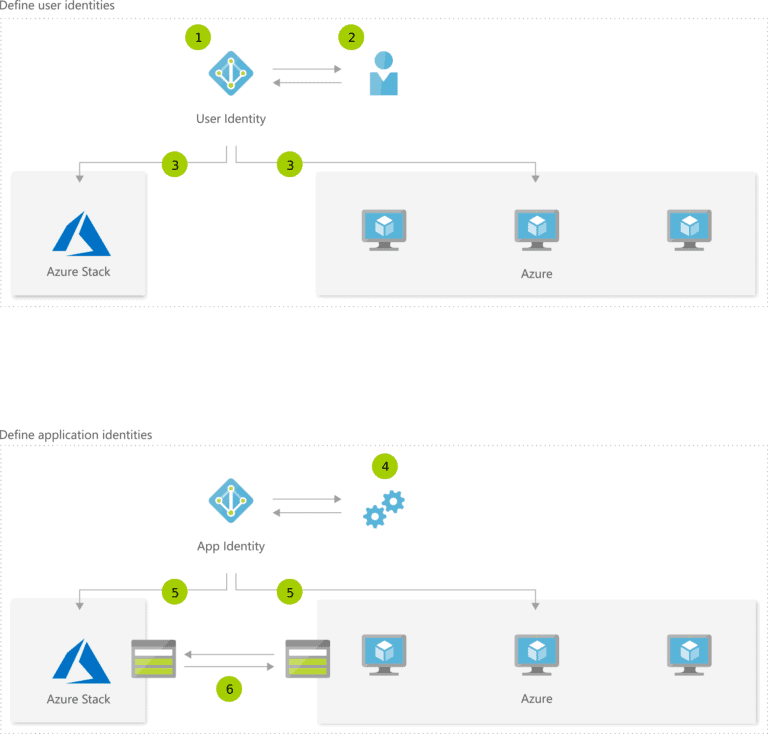
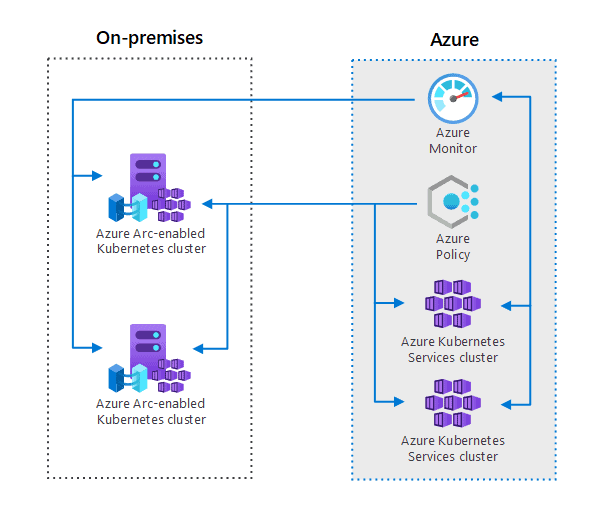


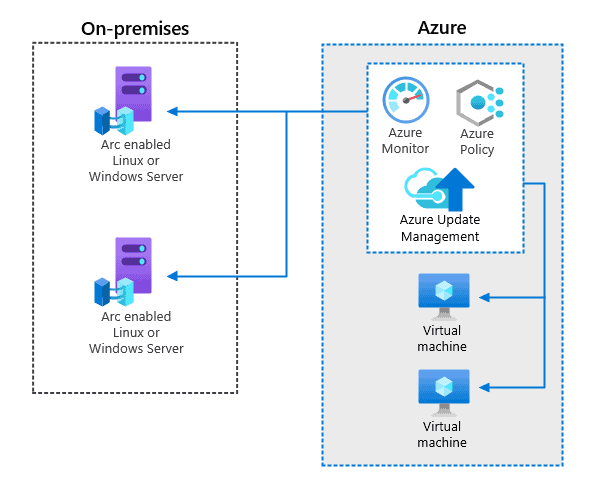
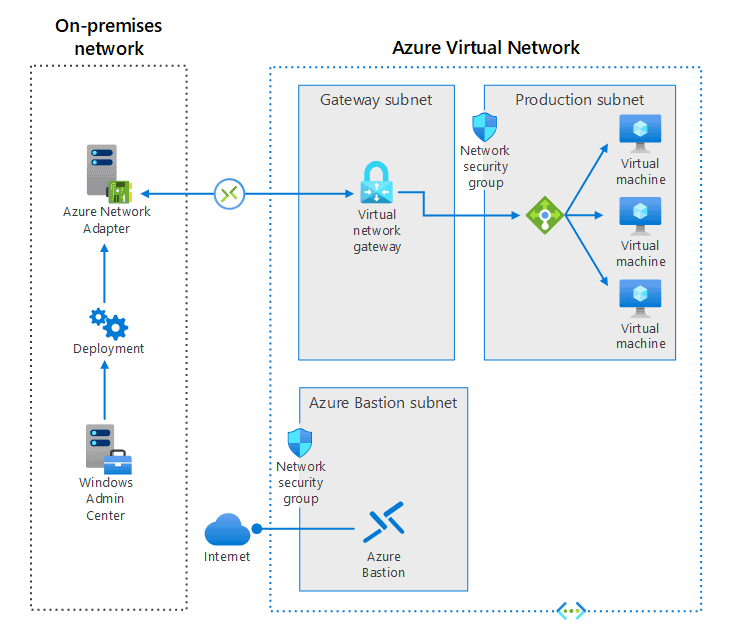
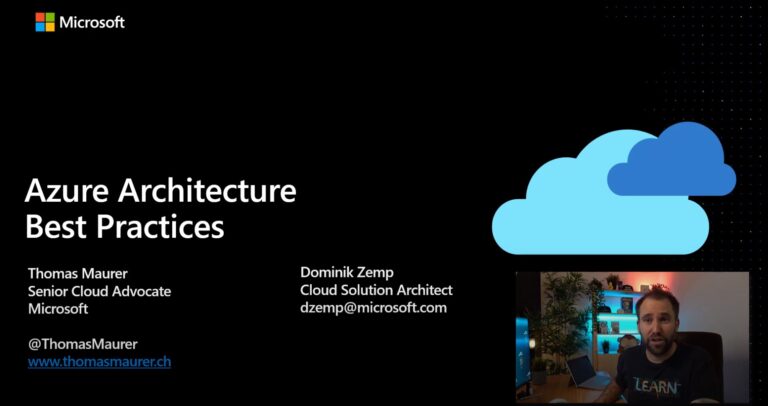












thank you for you helpful article.i am a tableau server admin and my requirement is to design an architecture diagram for hybrid cloud aproach, i need help in doing this.
Gilbert